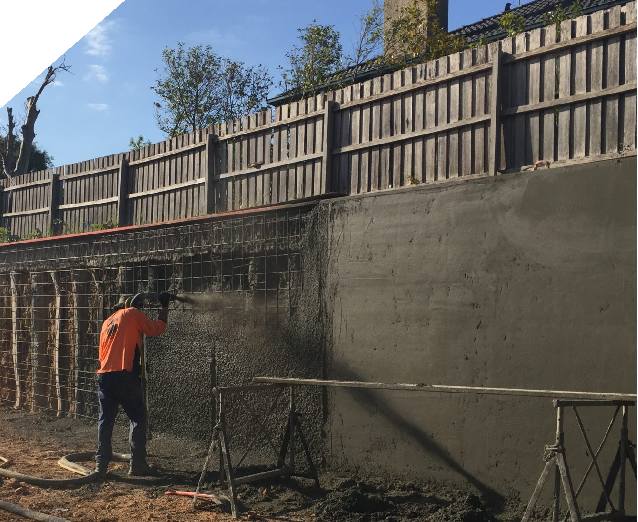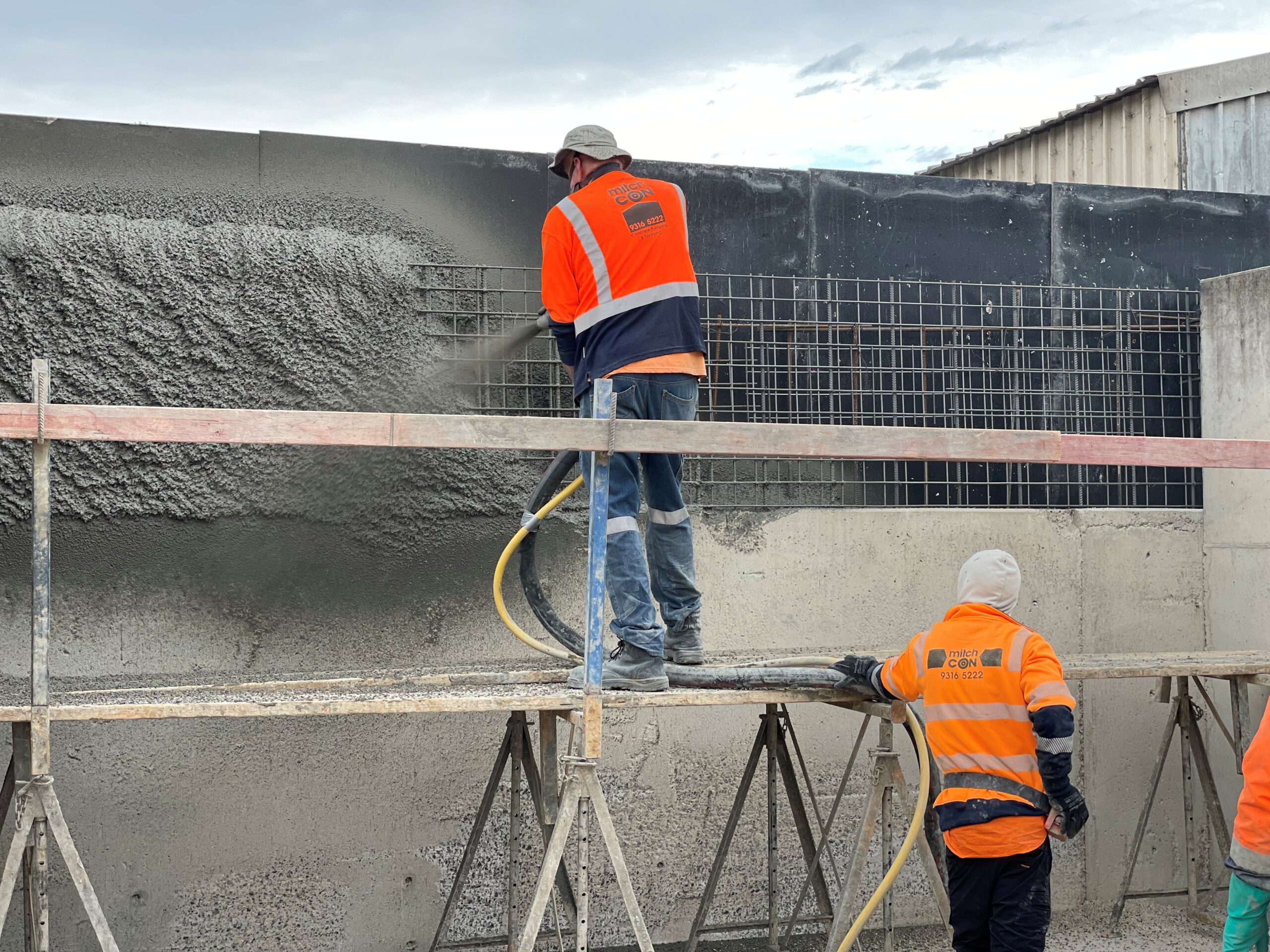As a construction technique, spraying concrete or ‘shotcrete’ as it is now called goes back over a century, to a Chicago taxidermist who needed to devise an innovative technique for repairing the dilapidated façade of the Field Columbian Museum in Chicago.


Carl Akely patented his process and the equipment it require. Akely’s process involved spraying from a dry mixed hopper of concrete using a nozzle which introduced water to the mix at the point of departure from the nozzle.
This technique is still used, and is known as “shotcrete – dry mix”, to distinguish it from a later process which sprays ready-mixed wet concrete known as “shotcrete – wet mix”. Each has its advantages, but both require skilled operators.
Call us on (03) 9551 8890
Visit our showroom